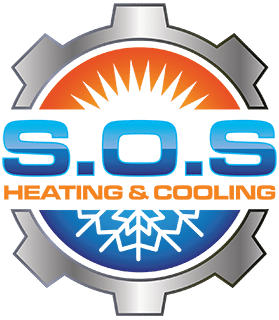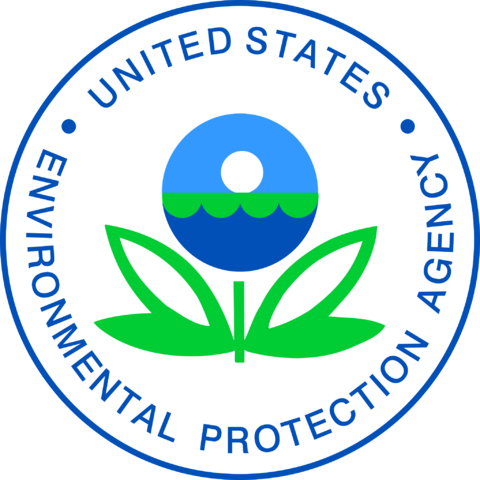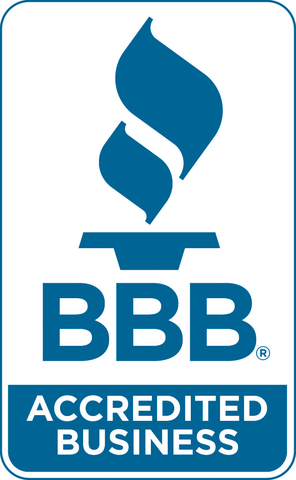Indoor air quality (IAQ) is a critical aspect of our living environments that significantly influences health and well-being, particularly for children who spend considerable time indoors, especially in learning environments like homes and schools. The quality of air that children breathe can either support or hinder their developmental growth and cognitive function, making it imperative for guardians and educators to ensure that indoor atmospheres are conducive to learning and health.
We specialize in optimizing indoor air quality to create healthier environments that foster children’s learning and development. This article delves into the profound impacts that poor indoor air quality can have on children, including cognitive development and academic performance, and provides insights on how to maintain or improve air quality effectively. Understanding these impacts can empower parents, educators, and communities to take actionable steps toward healthier indoor environments for our young learners.
Cognitive Development and Air Quality
The relationship between indoor air quality and cognitive development in children is profound. Airborne pollutants such as volatile organic compounds (VOCs), particulate matter, and carbon monoxide can significantly impair cognitive functions, including memory, concentration, and problem-solving skills. These contaminants originate from everyday sources such as paint, furnishings, building materials, and household cleaning products. Poor air quality can lead to reduced neuron activity and cognitive delays, making it crucial to maintain clean air in environments where children learn and play.
Physical Health and Learning Readiness
Children’s physical health is closely tied to their learning readiness. Respiratory issues, such as asthma, which can be exacerbated or triggered by poor indoor air quality, directly affect a child’s ability to participate in school activities fully. Healthy indoor environments with low levels of allergens and pollutants promote better respiratory health and reduce absenteeism due to illness. This not only helps children stay physically healthy but also ensures they are present and able to concentrate during critical learning activities.
Emotional and Behavioral Development
Indoor air quality not only impacts physical and cognitive health but also plays a significant role in the emotional and behavioral development of children. Studies have shown that environments with poor air quality can increase stress levels, reduce overall happiness, and lead to behavioral issues in children. Moreover, inadequate ventilation can lead to increased levels of carbon dioxide indoors, which might contribute to drowsiness and decreased productivity, further affecting a child’s mood and their ability to engage in learning effectively.
Creating Optimal Learning Environments
Creating an optimal learning environment requires attention to air quality. Ensuring that HVAC systems are correctly installed and maintained is vital in regulating indoor temperatures and reducing pollutants. Regular replacement of air filters, use of air purifiers, and ensuring proper ventilation can drastically improve the quality of air in learning environments. Additionally, the integration of indoor plants can be a natural and effective way to help absorb harmful toxins and produce oxygen, further enhancing indoor air quality.
Strategies for Maintaining Healthy IAQ in Schools and Homes
Managing and improving indoor air quality in spaces frequented by children involves several strategic approaches. First, regular inspections of HVAC systems play a crucial role in preventing the circulation of dust and other irritants. It is recommended to schedule HVAC inspections and maintenance at least twice a year to ensure systems do not become a source of pollution themselves.
Second, choosing cleaning products that do not emit harmful chemicals is essential. Opting for natural or certified green cleaning products can significantly reduce the presence of VOCs and other harsh chemicals in the air. Furthermore, when undertaking renovation or decoration projects in homes or schools, selecting materials and paints with low VOC emissions is crucial.
Third, implementing air quality monitors can help maintain safe indoor air conditions by providing real-time readings of the air quality parameters, allowing for immediate action if pollutant levels rise above recommended thresholds.
Enhanced Learning Through Air Quality Education
Educating children, parents, and educators about the importance of air quality and the impact of environmental factors on health and learning can lead to empowered and informed communities. Such education can encourage practices that improve indoor air environments, such as reducing clutter that collects dust, encouraging good hygiene to minimize the spread of viruses, and understanding the significance of fresh air and proper ventilation.
We take pride in helping households and educational institutions in Salt Lake City provide safer, healthier environments for children through professional HVAC services and air quality solutions. By understanding and controlling indoor air quality, we can significantly enhance the learning and development outcomes for children, ensuring they have the healthiest possible start in life.
Secure a Healthier Future for Our Children
Ensuring the air our children breathe is clean and healthy plays a pivotal role in their overall development and academic success. By focusing on maintaining and improving indoor air quality in homes and schools, we make a significant investment in our children's health and future learning capabilities. Don’t let poor air quality hinder the potential of our young learners.
If you're concerned about the indoor air quality in your educational institution or home, we are here to help. Our team at S.O.S. Heating & Cooling specializes in providing top-notch HVAC services in Salt Lake City to ensure that your indoor environments are safe, comfortable, and conducive to learning and development. Contact us today to learn more about our solutions and how we can assist you in creating a healthier learning environment for children. Take the first step toward cleaner air and a brighter future for all.
















